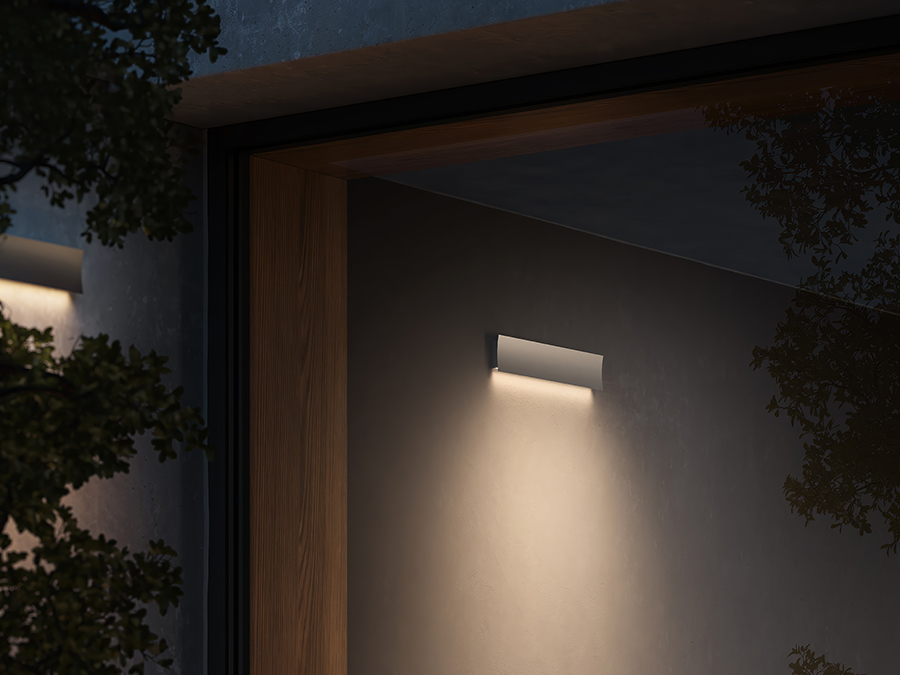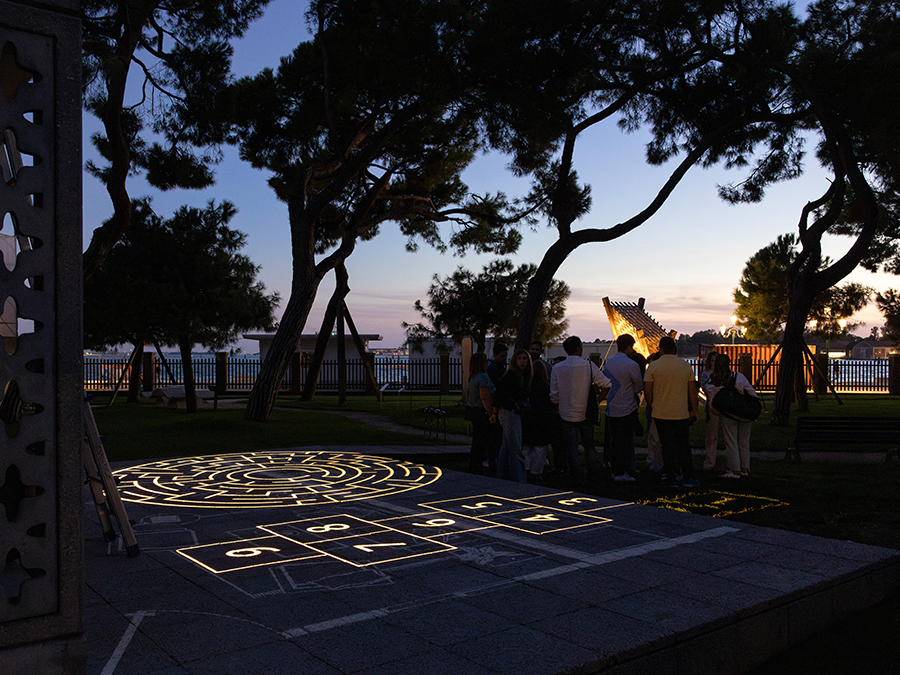| Location | Neumarkt, Dresden, Germany |
|---|---|
| Application | Facades, Churches |
| Project | Thomas Gottschlich |
| Photo | Robert Gommlich |
The Frauenkirche (Church of Our Lady) is one of the iconic images of Dresden, an emblem of resilience and rebirth that has established itself over time as a symbol of peace and unity. Built between 1726 and 1743 and designed by architect George Bähr, this extraordinary Lutheran church is inspired by Italian Baroque architecture, with its majestic dome that dominates the cityscape. Considered one of the most beautiful Lutheran churches in Germany, the Frauenkirche is a masterpiece of engineering and design, blending elegance and spirituality in an imposing yet harmonious structure.
In February 1945, following the World War II bombings that devastated Dresden, the church collapsed under the extreme heat of the flames and remained a pile of rubble for almost half a century. During this time, the Frauenkirche was conserved as a war memorial and became a powerful symbol of pacifist protest.
In 1990, with German reunification, an ambitious reconstruction project began, supported by Dresden citizens and international contributions. Completed in 2005, the restoration returned the Frauenkirche to its former glory.
To enhance the steps up to the building’s entrance, a lighting design was implemented that uses Litus 5.6 outdoor recessed fixtures with 13°x52° optics adjustable by ±15° and a warm colour temperature of 2700K. This configuration provides delicate, precise illumination, accentuating the nuances of the sandstone and creating a harmonious and welcoming visual effect.
In this realisation, light is not only a functional element but also acquires a narrative value: it guides the gaze and emphasises the entrances’ architectural lines. The play of light and shadow created by the Litus 5.6 fixtures accentuates the three-dimensionality of the steps while respecting the building’s sobriety and solemnity. In addition, the ability to adjust the fixtures’ orientation means that light spill can be avoided, ensuring precise lighting that blends perfectly into its surroundings.

Milan, Italy

Naples, Italy

